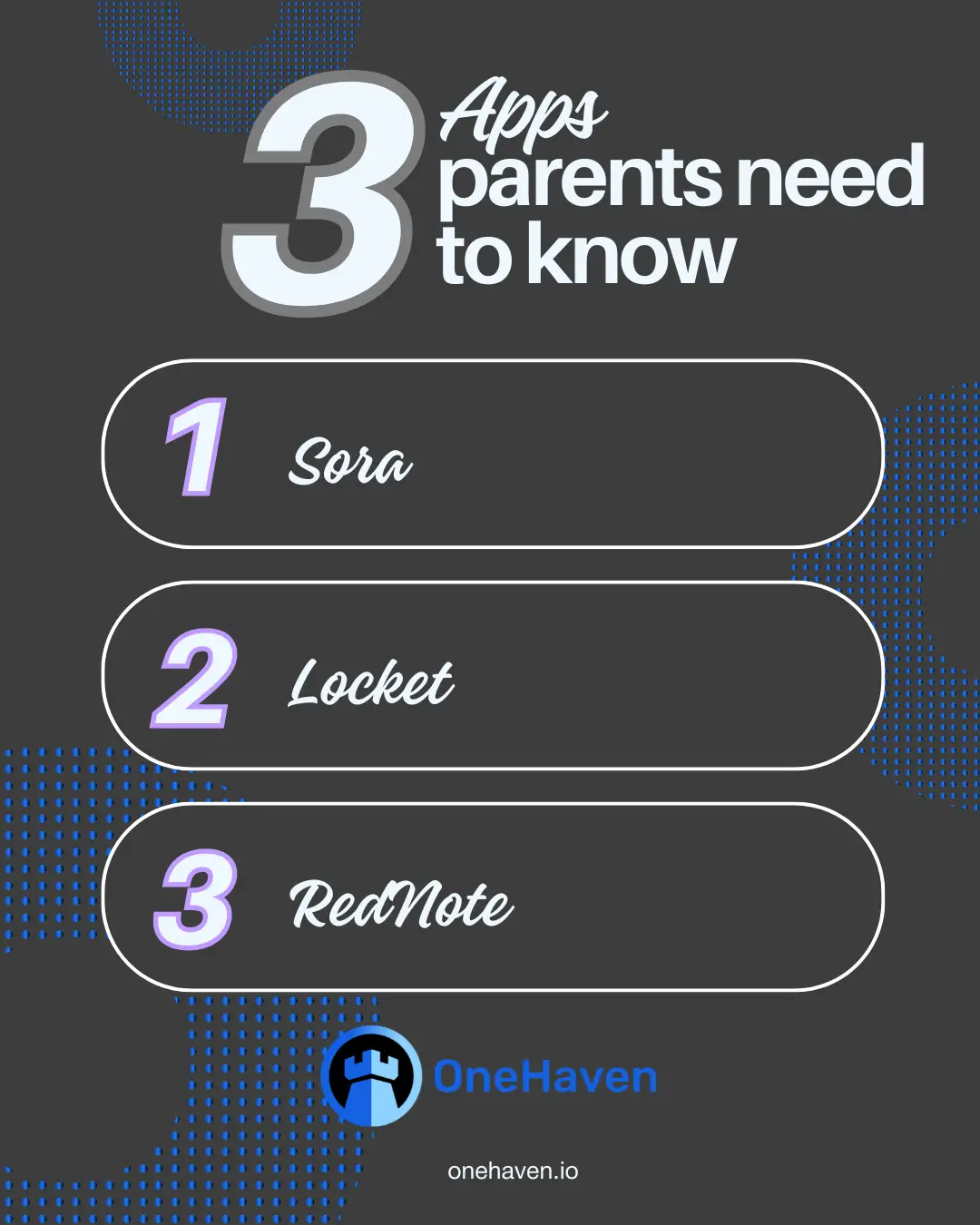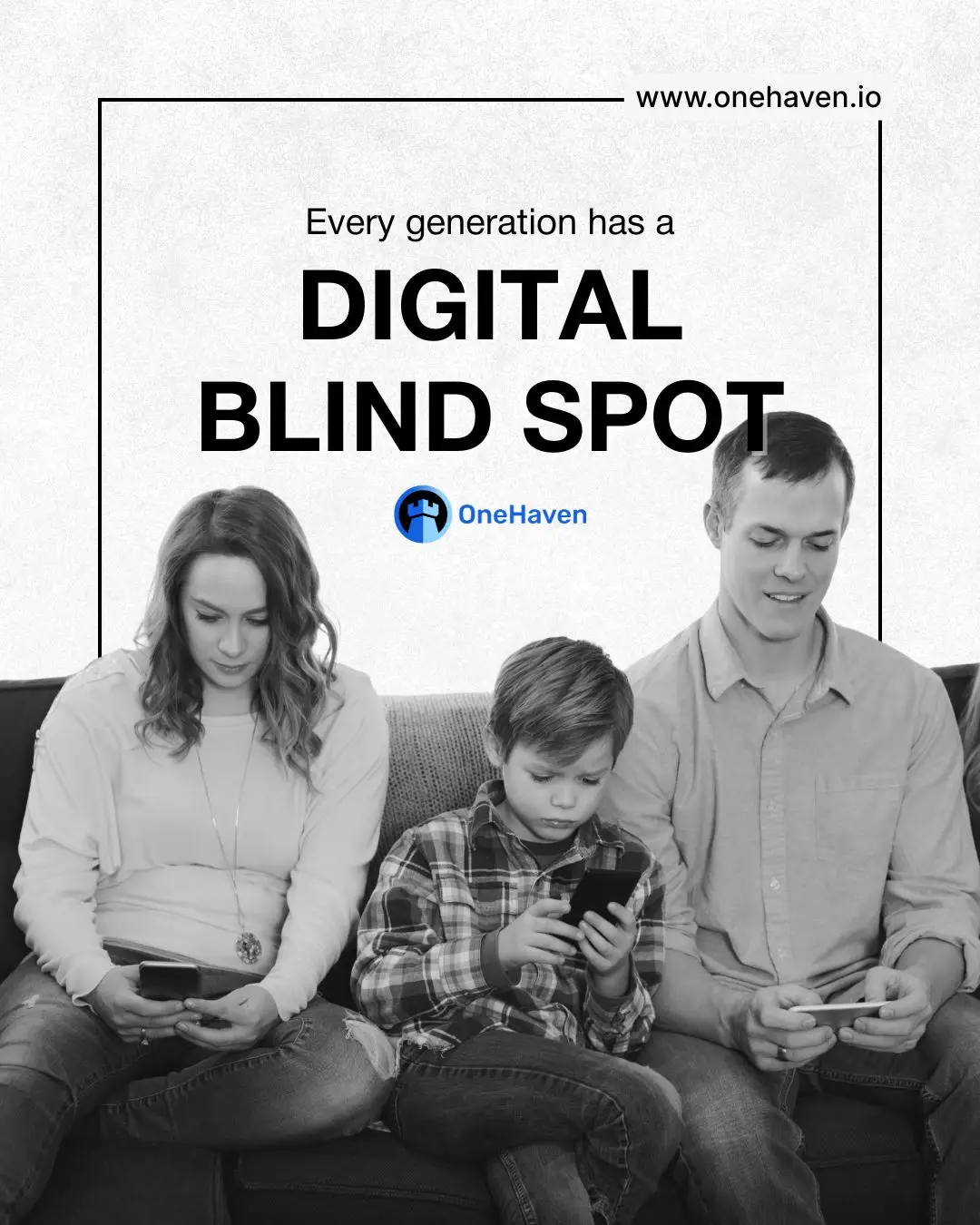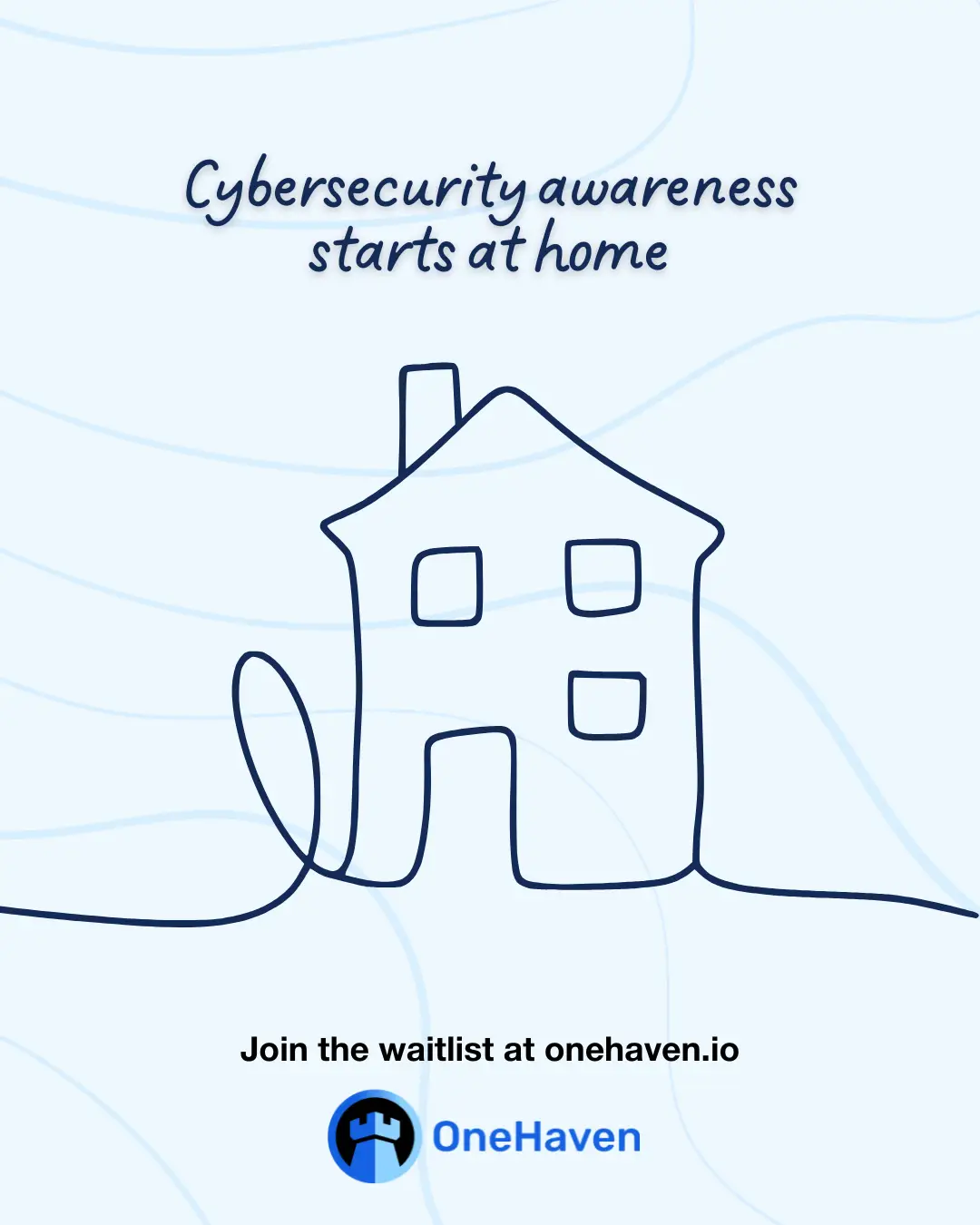What kids are using, why it matters, and how to keep them safe.
If you’re a parent, you know how it feels to finally understand one app your kids use, just to discover three new ones have taken its place. The digital world never slows down, and neither do the generations growing up inside it.
While platforms like TikTok, Snapchat, and Instagram still dominate, a new wave of apps is quietly reshaping how kids connect, create, and express themselves. Many of these tools look harmless, some even appear educational or creative, but they carry new kinds of risks tied to identity, privacy, and influence.
Below are three of the fastest-rising apps in 2025 that parents need to know about right now.
1. Sora (by OpenAI): AI-Powered Creativity With Real-World Risks
What it is:
Sora is OpenAI’s breakthrough video-generation app that lets anyone turn a short text prompt into a high-quality cinematic clip. Users can type something as simple as “me surfing on Mars” or “a dragon flying over my school”and seconds later, they’ll have a realistic video that looks straight out of a Hollywood trailer.
Why kids love it:
It’s pure imagination on demand. Sora lets them create instantly and share with friends. It feels creative, futuristic, and empowering, especially for kids who grew up watching YouTubers and content creators.
Why parents should care:
Sora can also generate videos using a person’s own face and voice. Once a child uploads photos or recordings, the AI learns their likeness and can create entirely new clips starring them, even ones they never filmed.
That makes for fun, creative play, but it also blurs the boundaries of identity, privacy, and control. Those videos can be remixed, shared, or even altered by others without consent.
What to watch for:
- Kids may not understand that once their face or voice data is uploaded, it’s nearly impossible to delete.
- Deepfake-style videos can be generated in minutes and shared widely.
- The app encourages quick creation and sharing, which can lead to impulsive uploads.
How to talk about it:
Encourage kids to use Sora’s creative tools without personal media. Discuss how digital identity works, once something features their face or voice online, it can live forever. Remind them that “fun” AI content can still have real-life consequences.
2. Locket Widget: The “Private” Photo App That’s Anything But
What it is:
Locket Widget has surged among teens and pre-teens who crave a quieter, more personal social experience. The app connects a small group of friends and shows their photos directly on each other’s home screens as widgets. No likes, comments, or public feed, just spontaneous photo drops between friends.
Why kids love it:
It feels authentic and low-pressure. They can snap and share real-time moments without worrying about followers or filters. It’s marketed as the “anti-social media” app for close connections.
Why parents should care:
That intimacy can create a false sense of safety. There are no parental controls or moderation tools. Photos are sent instantly, no filters, no approval step, no way to take them back.
With Locket’s newer “photo dump” feature, pictures now disappear after seven days. That might sound safer, but it often has the opposite effect: kids share more freely, assuming those images will vanish. Of course, screenshots and screen recordings mean they rarely do.
What to watch for:
- Instant image sharing removes the pause that helps prevent oversharing.
- “Private” photos can still be saved or reshared without permission.
- Kids may not realize that “disappearing” content is still stored on servers or devices.
How to talk about it:
Ask who’s in your child’s Locket circle. Encourage openness about what they post. Remind them that “private” doesn’t mean invisible and that photos shared in trusted circles can still surface elsewhere.
Used mindfully, Locket can help kids feel connected, but without boundaries, it can also lead to digital regret.
3. RedNote: The TikTok Alternative You’ve Never Heard Of
What it is:
As TikTok faces ongoing scrutiny and potential restrictions, a wave of new short-video apps has emerged. RedNote is one of the most popular, especially among teens looking for fresh trends.
RedNote combines video content, lifestyle inspiration, and in-app shopping. Think TikTok meets Pinterest meets Amazon. Users post “day in the life” videos, outfit inspiration, morning routines, and “shop this look” clips that link directly to products.
Why kids love it:
It feels more aesthetic and aspirational than TikTok. Teens can showcase personal style, browse lifestyle content, and explore influencer trends all in one place.
Why parents should care:
The app’s feed blends entertainment, advertising, and influencer marketing so seamlessly that kids often can’t tell when they’re being sold to. Its algorithm quickly learns preferences, which means exposure to mature, idealized, or commercialized content can happen fast.
What to watch for:
- Hidden advertising and undisclosed sponsorships blur reality and marketing.
- The constant stream of aspirational content can affect self-esteem and spending habits.
- Like TikTok, RedNote’s algorithmic feed can lead to overuse and addictive scrolling.
How to talk about it:
Teach kids how to identify when something is an ad, even if it doesn’t say “sponsored.” Ask what they think a creator is trying to make them feel or buy. Helping them recognize persuasion techniques builds digital literacy and confidence.
The Bigger Picture: Connection, Curiosity, and Control
These three apps, Sora, Locket, and RedNote, show how fast technology is evolving for kids. Each one taps into something positive: creativity, connection, or self-expression. The risks come from how quickly those same features can cross into new territory where privacy, safety, or emotional well-being take a back seat.
The good news? You don’t need to be a tech expert to keep your kids safe online. You just need to stay curious. When kids feel like they can talk to you about the apps they use, you gain something stronger than any parental control: trust.
Try asking questions that open the door to honest conversation:
- “What do you like most about that app?”
- “Who do you follow or share with?”
- “How do you decide what’s okay to post?”
- “Have you ever seen something on there that didn’t feel right?”
You’ll learn more about how your child experiences their digital world and they’ll learn that you’re not just there to restrict them, but to guide them.
Final Thoughts
Technology will keep evolving, and new apps will always appear faster than parents can research them. But the core of digital safety doesn’t change: it’s about awareness, empathy, and open communication.
As a parent, your influence matters far more than any app setting or filter. The goal isn’t to block every new platform, it’s to help your child build the judgment and resilience to navigate them safely.
Because at the end of the day, the most powerful safety feature your child has isn’t on their phone.
It’s you.




